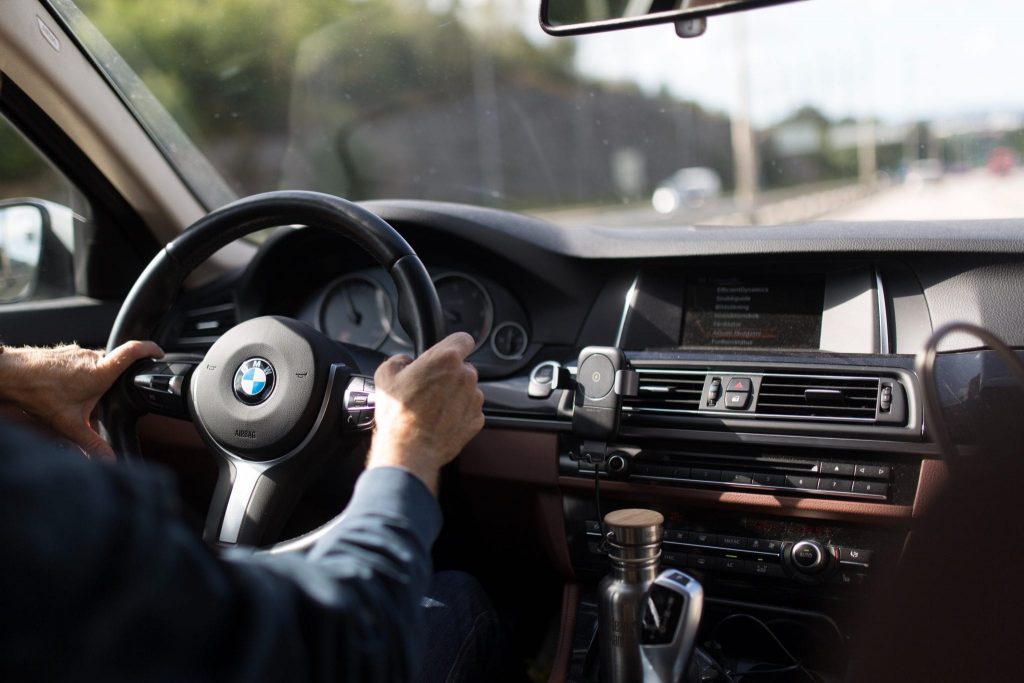
Drive in a way as to save lives, time, money, regardless of the conditions around you, and from the actions of other people. This is the main slogan of defensive driving.
Basic principles of defensive driving:
-
- Control your own speed
- Foresee the development of traffic situations and always wait for the unexpected
- Be vigilant and not distracted
- Be prepared for all kinds of actions and reactions of other drivers and pedestrians
- Do not wait for other drivers to do what you usually do yourself
- Observe and respect other drivers
- Keep distance
- Slow down before turning to prevent braking
Let’s analyze the first five rules.
1. Be careful
An elementary rule, very often violated by all drivers. Driving becomes so mechanical today. Especially often, the driver relaxes on familiar roads and with long straight traffic.
You should focus on driving, do not get distracted by phones, music, and other things, especially when you have to maneuver at the intersection.
Even when you are standing and waiting for a traffic signal – evaluate what is happening behind, side, front. Watch for pedestrians and especially cyclists approaching the pedestrian crossing. If you are distracted, do not start moving without evaluating the situation around you. Turn your head, and only then press on the gas. The brain must constantly analyze what the eyes transmit.
2. Do not trust anyone
Rule two is a continuation of rule one. If you can be wrong, others can be wrong. Therefore, other cars must be observed constantly in the mirrors, and always leave yourself room for maneuver.
3. Give way
It is important to remember that your goal is not to prove to someone that he does not know traffic rules, but to drive without accidents, loss of time, and health to the point you need.
Therefore, in a controversial situation, give way even if you are right.
The principles of defensive driving are addressed to those who value their life, time, and money.
4. Do not hurry
This point of the rules is again about the obvious – the higher the speed, the longer the reaction time in meters.
Speeding up in the city is often pointless, since haste and not haste are found at traffic lights, and the difference is that hitchhikers are accelerated and then slowed down, worn out motors and pads.
The most reasonable thing is to ride at a flow rate. At the same time, keep that distance that is comfortable for you and will provide safe braking in an emergency.
5. Do not drive if you feel bad
Poor health leads to a slowdown in mental and physical reactions, to a deterioration in the ability to assess the situation. More often than not, if you feel unwell, your driving becomes mechanical which leads again to the first rule.
Health Check Checklist
- Have you taken alcohol?
- Are you sick?
- Have you taken any medications that could worsen your reaction?
If you are taking any medications do not be too lazy to check their instructions. In the instructions, study the item – “Impact on the ability to drive vehicles and control mechanisms”.
Most often, slow down of the reaction is caused by allergy medications, as well as complex medications containing sedatives.
Picture Credit: Unsplash
